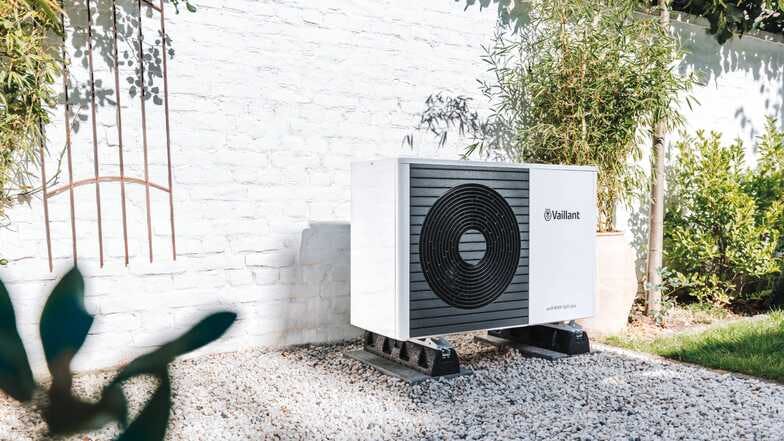How the Government Plans to Make Heat Pumps More Affordable

The UK government's ambitious push for a greener future has hit a familiar roadblock: upfront costs. Heat pumps, a cornerstone of low-carbon home heating, remain out of reach for many due to high installation prices. Now, in a bid to accelerate adoption, the government is exploring innovative financing models that aim to make heat pumps more accessible to the average household.
Let’s take a closer look at the three main options under consideration — and the pros and cons of each.
1. Hire Purchase
Under this model, households can spread the cost of a heat pump over a set period — similar to buying a car on finance. Once the contract is completed, the customer fully owns the heat pump.
Pros:
- Ownership at the end: You’ll eventually own the system, potentially saving money over the long term.
- Predictable payments: Fixed instalments allow for easy budgeting.
- Builds household value: Since you own the system, it may add to your home’s resale value.
Cons:
- Upfront deposit may be required: This could still be a barrier for some.
- Responsibility for maintenance: As the owner, you’ll be on the hook for repairs unless covered by warranty or insurance.
- Higher lifetime cost: Interest on payments can make this more expensive than buying outright.
2. Hire Purchase Plus (Bundled with Energy Tariff)
Pros:
- Simplified billing: One payment covers both energy use and the pump itself — convenient for consumers.
- Better integration: Providers may offer discounted rates or incentives when bundling.
- Smart budgeting: Ideal for households who want streamlined, all-in-one payments.
Cons:
- Complex contracts: The fine print can be tricky — especially around what happens if you switch energy providers.
- Less flexibility: You may be tied to one energy provider during the contract term.
- Hidden fees: Bundles may obscure the true cost of the heat pump versus energy usage.
3. Leasing
Yes, you can lease a heat pump — just like a car. With this option, you don’t own the unit, but pay to use it over a fixed term. At the end of the contract, you could extend the lease or replace the unit with a new one.
Pros:
- Lower upfront costs: Typically no deposit needed, making it accessible to more households.
- No maintenance worries: Leased systems often include servicing and repairs.
- Latest tech access: You may be able to upgrade to newer, more efficient models at the end of your lease.
Cons:
- No ownership: You’re essentially renting — which means no asset value.
- Long-term cost: Leasing can become more expensive than owning over time.
- Contract limitations: Early termination fees or usage restrictions may apply.
The Big Picture
These flexible finance models could be a game changer — if implemented well. The success of these schemes will hinge on clear consumer protections, low interest rates, and transparent terms. For many households, these options may finally make the dream of low-carbon home heating a reality.
But questions remain: Will leasing catch on in a market where homeownership is often tied to asset-building? Will bundled contracts tie customers too closely to energy providers? And can hire purchase really close the affordability gap?
Time — and policy design — will tell.
Want to know how these heat pump options compare to a traditional boiler? Or whether your home is heat-pump-ready? Reach out to our team for a free consultation today via Call/WhatsApp on 0800 046 1000 or email us on [email protected]
Pleasant Plumbers – Where Trust Flows Like Water.